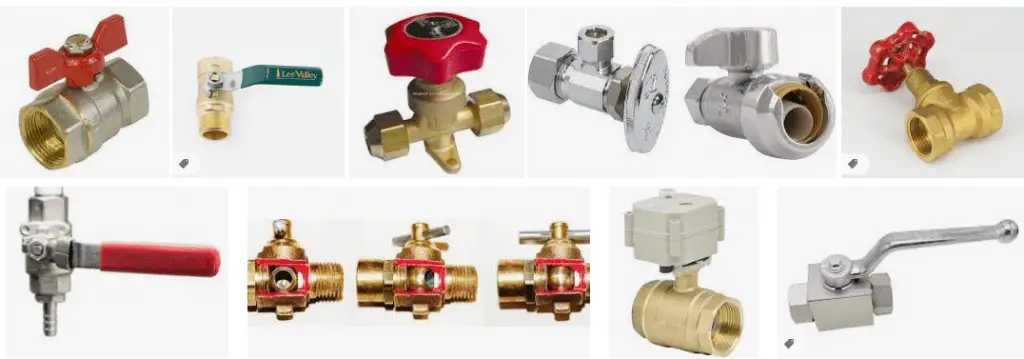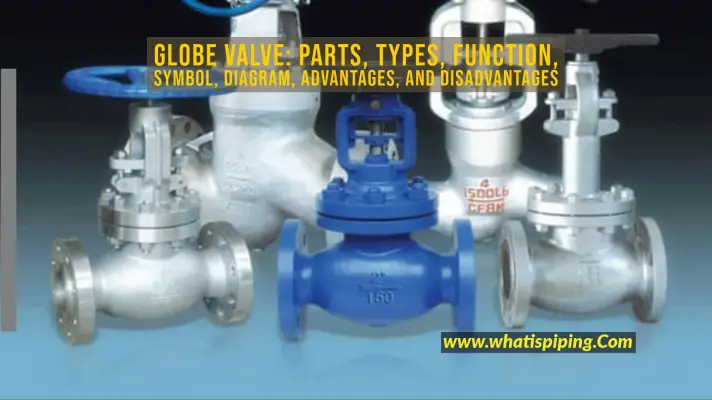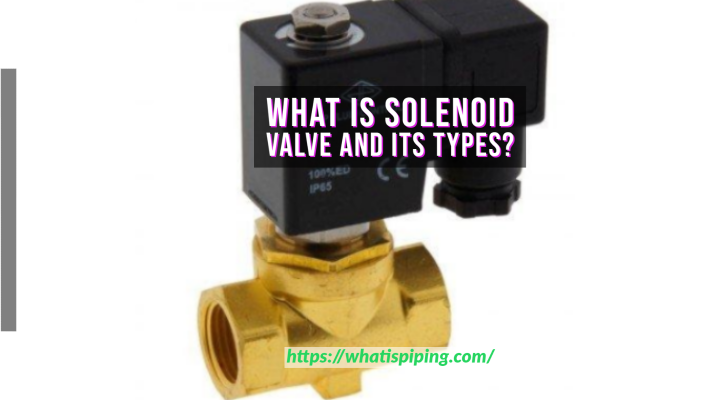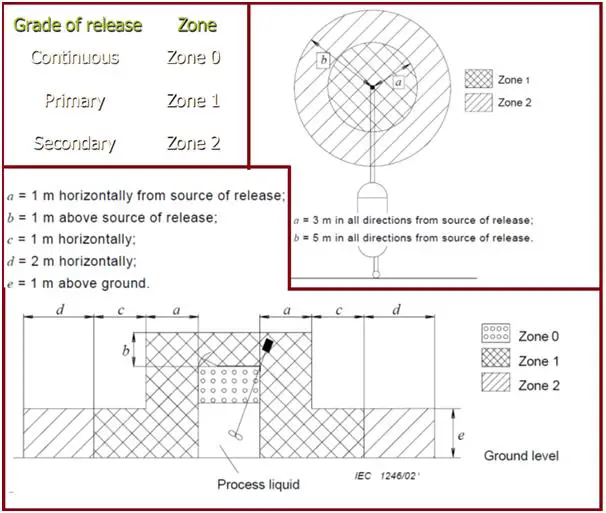A shut-off valve is a valve that safely manages the flow of hazardous fluids (liquids, gases, slurries, and fluidized solids). Shut-off valves are also known as on-off valves, cut-off valves, lockout valves, stop valves, etc. They safely stop or continue the fluid flow. When not in use they isolate the sub-system.
Shut-off valves belong to a large family of valves. Various types of valves like ball valves, globe valves, gate valves, pressure valves, temperature control valves, solenoid valves, instrument valves, etc may work as a shutoff valves. Shut-off valves are widely used where system safety is of importance as they represent a positive action safety device. Some examples of shut-off valve applications are:
- Air preparation unit.
- Industrial Automation Process.
- Fuel units
- Pneumatic industry.
- Water Industry
Working of Shut off Valves
Each shut-off valve consists of two fundamental components.
- The valve body through which the fuel, liquid, slurry, or gaseous fluids pass and
- The control device, which is equipped with a sensitive element.
The control element ensures the required closing and opening of the valve. When everything works correctly, the fluid passes through the valve smoothly. However, when any anomaly (for example excessive fluid expansion, breakage of capillary, etc) arises the control device closes the flow passage inside the valve.
Selection of a Shut-off Valve
Based on the application there are various types of shut-off valves. So, the selection of the appropriate shut-off valve is not easy. Various parameters need to be considered while selecting the shut-off valve for a specific service and operation. The important factors to consider are:
- Type of application
- Size and weight
- Temperature and Pressure
- Range
- Working Environment
- Port size, position, and type
Types of Shut-off Valves
Shutoff valves are categorized based on various parameters like working, configuration, application, etc.
Depending on the turning of the handle there are two types of shut-off valves;
- Multi-turn shut-off valve and
- Quarter-turn shut-off valve
Depending on configuration shut-off valve types are:
- Straight shutoff valve
- Angle shut-off valve
Again, depending on the applications they are popularly categorized as
- Water shut-off valve
- Gas shut-off valve
- Fuel shut-off valve, etc
Various materials are used to manufacture shut-off valves based on fluid service compatibility. Common shut-off valve materials are Brass, Carbon Steel, Stainless Steel, Alloy Steel, etc. For low-pressure temperature applications in the water industry plastic or polypropylene, valves are used.
Functions of a Shut-off Valve
All shut-off valves are designed to provide fully on or fully off functionality. So they function similarly to an electric switch, either stopping the flow completely or allowing it fully.
Shut off Valve Symbols
All valves are indicated in P&ID and isometric with specific symbols. Shut-off valves also have their symbols. The symbols of shut-off valves are decided based on the specific valve type used as a shut-off valve. So, the shut-off valve symbols differ from ball valve to angle valve or globe valve.
Fig. 1 below shows some typical images of shut-off valves.










Hello,
What is Shut Off DP for on off valve ?